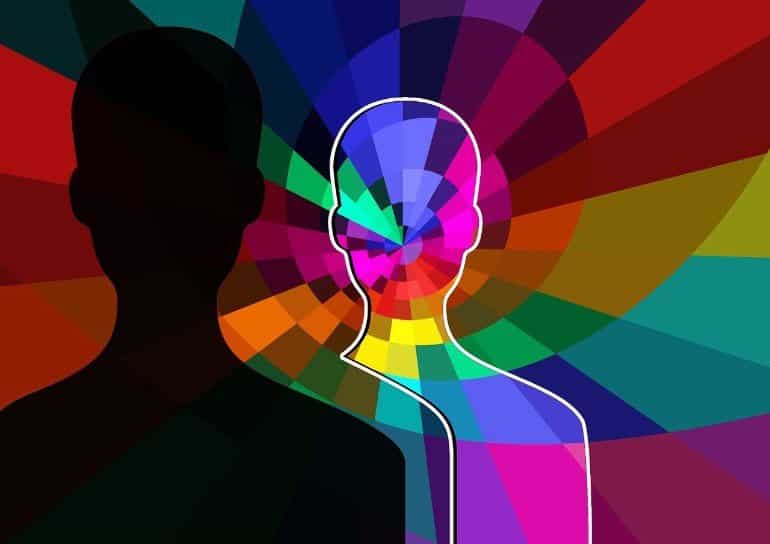Summary: Trigger warnings shown before TV shows may have the opposite effect than is intended. Researchers found trigger warnings may prolong negative characteristics associated with bad memories. They also do not increase a person’s use of coping strategies.
Source: Flinders University
Trauma memories can suddenly return when survivors are exposed to material that reminds them of the event, and Flinders University psychology researchers warn trigger warnings on screen may even worsen these negative memories.
Their study indicates trigger warnings do not lessen the blow of recalling past trauma.
The new study published in Memory suggests that warning messages may not adequately prepare people to recall a negative experience but may instead prolong bad memories.
“Trigger warnings are intended to mitigate this potential distress however often they can be more distressing when they come up on screen as a surprise,” says researcher Victoria Bridgland, from the College of Education, Psychology and Social Work at Flinders.
For example, Netflix’s 13 Reasons Why, warns: “The following episode contains graphic depictions of suicide and violence, which some viewers may find disturbing.”
“Our research investigated whether vivid memories of trauma are more distressing if they happen without any warning.”
The study was conducted with 209 mainly female participants, ranging in age from 17-50 years old. They were given two sessions, two weeks apart.
In the first session, participants recalled a negative event and completed a series of questionnaires, including how emotionally impactful the event felt. The second session asked participants to recall the same event again and answer the same questionnaires.
Psychology researchers Victoria Bridgland and Dr. Melanie Takarangi, who also measured participants’ reported coping strategies, wanted to explore if trigger warnings changed the way people recall a negative memory.

“Surprisingly, we found that participants who were warned in the first session reported a smaller decrease in emotional impacts from their negative memory, such as difficulty with sleep and frequency of other experiences, over the two weeks between tests,” says Dr. Takarangi.
“Our findings suggest that warning messages may prolong the negative characteristics associated with bad memories over time, rather than prepare people to recall a negative experience—which is the opposite to what these messages aim for.”
“They also do not increase the reported use of coping strategies,” she adds.
About this PTSD research news
Source: Flinders University
Contact: Press Office – Flinders University
Image: The image is in the public domain
Original Research: Closed access.
“Danger! Negative memories ahead: the effect of warnings on reactions to and recall of negative memories” by Victoria M. E. Bridgland et al.. Memory
Abstract
Danger! Negative memories ahead: the effect of warnings on reactions to and recall of negative memories
A trigger warning is an alert that upcoming material containing distressing themes might “trigger” the details and emotion associated with a negative memory to come to mind. Warnings supposedly prevent or minimise this distress. But, do warnings really have this effect?
To simulate the experience described above, here, we examined whether warning participants—by telling them that recalling a negative event would be distressing—would change characteristics associated with the immediate and delayed recall of a negative event (such as phenomenology e.g., vividness, sense of reliving), compared to participants who we did not warn.
Generally, we found that time helps to heal the “emotional wounds” associated with negative memories: negative characteristics—such as emotion, vividness etc.—faded over time. However, the event’s emotional impact (the frequency of experiences related to the event such as “I had trouble staying asleep”), subsided less over a two-week delay for participants who were warned in the first session.
Our findings suggest that warning messages may prolong the negative characteristics associated with memories over time, rather than prepare people to recall a negative experience.







